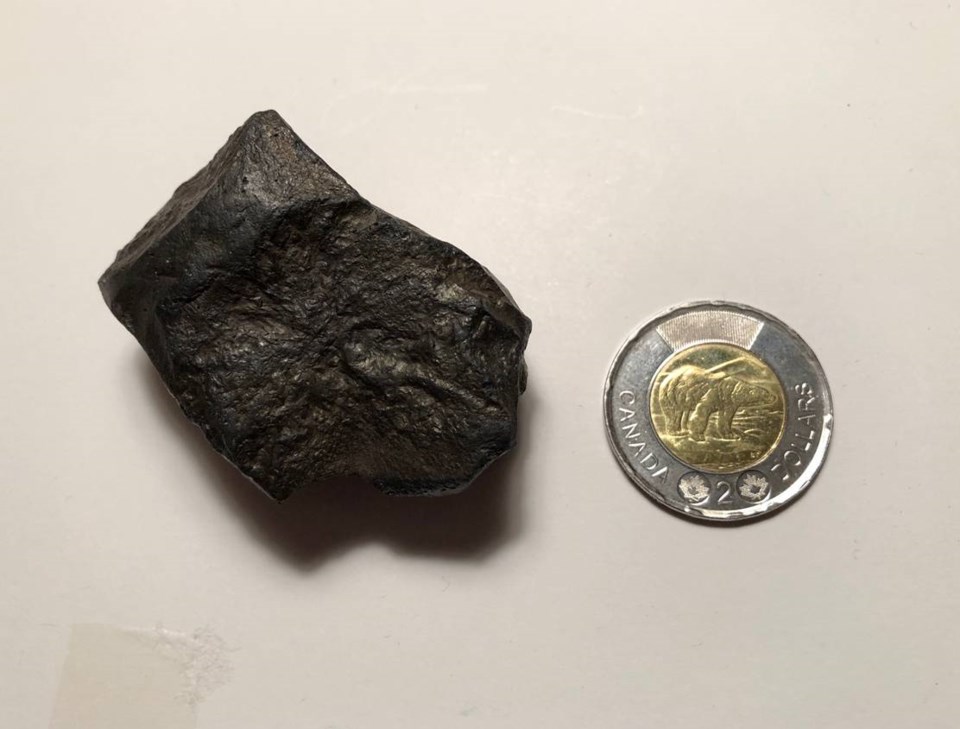You are taking a late-night stroll or sitting on your deck staring at the starry sky and whoosh, a quick streak of light catches your attention. You have just witnessed the fiery re-entry of space debris called a meteor. In a few cases, they can be nuts, bolts and wires from damaged satellites orbiting high above the earth. However, the majority of sightings are visitors from outer space. No, not the alien variety but leftover material from the early creation of the solar system.
The average faint meteor is the size of a grain of sand or the period at the end of this sentence. Whereas other brighter “heart stoppers” that light up the ground could be many centimetres in size. Striking the atmosphere about 100 kilometres in altitude, temperatures reaching 1,700 degrees Celsius and entry speeds of tens of kilometres per second cause them to glow. They simply vapourize high above our heads without incident.
From time to time, a basketball or larger size meteoroid will end its ancient life in a brilliant blaze of glory. High temperature and pressure cause the space rock to shatter with some surviving pieces called meteorites reaching the ground. These chunks of rock are the leftover “Lego” pieces that never formed a planet. Meteorites are around 4.6 billion years old.
But not all meteors are random (sporadic) in where they appear in the sky. There are various times of the year when earth ploughs through the dusty debris of a comet. As our planets orbit the sun, we encounter the stream of particles the same time each year and one of the best showers is now underway. The annual Perseid meteor shower will peak on the night of Aug. 12 and early morning of Aug. 13. This shower generally produces from 80 to 100 meteors per hour, zipping along at 72 kilometres per second. Well, that was the good news and now for the bad. The bright 93 per cent lit moon will wash out faint meteors and drastically reduce the hourly rate.
Till next time, clear skies.
Known as “The Backyard Astronomer”, Gary Boyle is an astronomy educator, guest speaker and monthly columnist for the Royal Astronomical Society of Canada. He has been interviewed on more than 50 Canadian radio stations and local Ottawa TV. In recognition of his public outreach in astronomy, the International Astronomical Union has honoured him with the naming of Asteroid (22406) Garyboyle. Follow him on Twitter: @astroeducator or his website:www.wondersofastronomy.com



